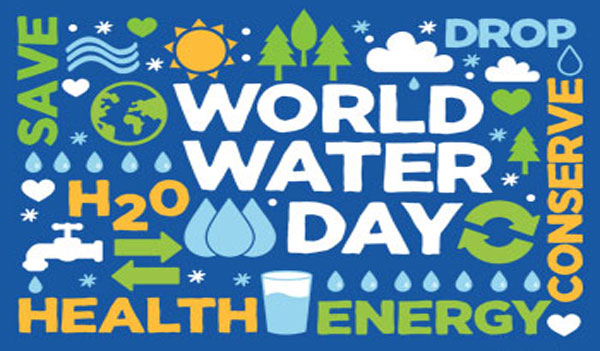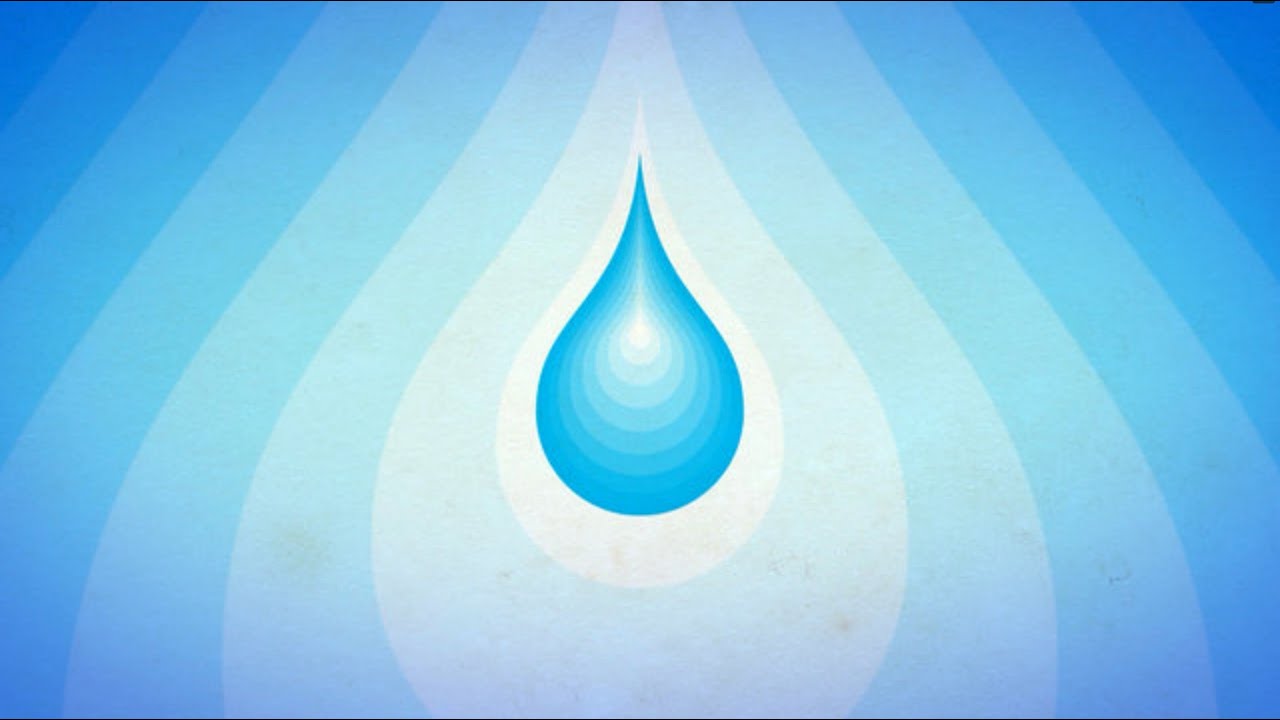
What is World Water Day?
World Water Day is held on the 22nd of March, of every year, and has been observed since 1993 when the United Nations General Assembly declared this date as “World Day for Water”. It is an international day created to raise awareness on the significance of freshwater.
In addition to the UN member states, a number of NGOs promoting clean water and sustainable aquatic habitats have used World Day for Water as a time to focus public attention on the critical water issues of our era.
Participating agencies and NGOs have highlighted issues such as a billion people being without access to safe water for drinking and the role of gender in family access to safe water.
Each year, a different aspect of freshwater is chosen and highlighted. The themes of past World Water Days include:
- Water and Energy (2014)
- International year of water cooperation (2013)
- Water and Food Security (2012)
- Water for Cities: Responding to the Urban Challenge (2011)
- Clean Water for a Healthy World (2010)
- Shared Waters, Shared Opportunities (2009)
- Sanitation (2008)
- Coping with Water Scarcity (2007)
- Water and Culture (2006)
- Water for Life (2005)
- Water and Disasters (2004)
- Water for the Future (2003)
- Water for Development (2002)
- Water for Health (2001)
- Water for the 21st Century (2000)
- Everyone Lives Downstream (1999)
- Groundwater: the Invisible Resource (1998)
- The World’s Water: Is There Enough? (1997)
- Water for Thirsty Cities (1996)
- Women and Water (1995)
- Caring for our Water Resources is Everyone’s Business (1994)
This year, 2015, the theme is “Water and Sustainable Development” in the hope of drawing attention to water’s role in sustainable development.
What Are Some Of The Water Crisis Facts?
- Over 1.2 billion people around the world do not have access to clean drinking water.
- An estimated 2.7 billion experience water scarcity at least one month a year.
- Diarrhea caused by inadequate drinking water, sanitation, and hand hygiene kills an estimated 842,000 people every year globally, or approximately 2,300 people per day.
- 82% of those who lack access to improved water live in rural areas, while just 18% live in urban areas.
- By 2025, two-thirds of the world’s population may be facing water shortages.
What You Can Do On World Water Day?
The first thing you can to celebrate this day is to get involved. Start in your own household by educating your family members about the importance of water and by informing them of the water-related disasters and tribulations being faced by so many people and animals around the globe and by monitoring your daily, weekly, or monthly water consumption.
You may also consider getting involved in other activities such as:
- Visual art, theatrical and musical celebrations of water
- Using Facebook and Twitter to help spread the message and engage in discussions. On Twitter you can use the hashtags where you can start include #WorldWaterDay
- Conferences for local, national and international leaders on water management and security
- Educational events on the importance of clean water and protecting water resources
- Write to officials in your area about what they are doing to clean up and to keep clean our own water supplies
- Fundraisers to raise money for access to clean and affordable water
- Tours of local rivers, lakes and reservoirs
- Special media broadcasts
- Walks, runs and other sports competitions
Sources:
https://www.consumerhealthdigest.com/health-awareness/world-water-day.html
http://www.savewater.com.au/programs-and-events/world-water-day
http://www.earthdayshirts.com/shop/S-WWDWC.htm
http://en.wikipedia.org/wiki/World_Water_Day
- 13 March 2015
- Water

